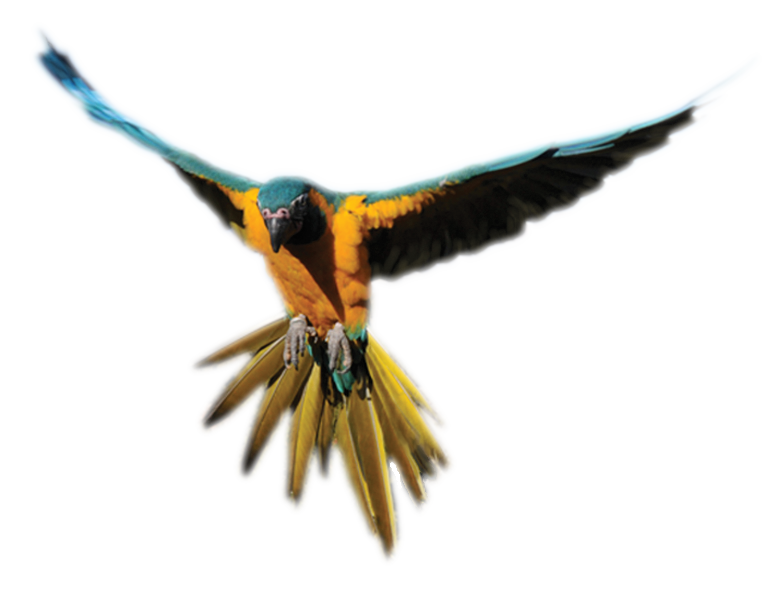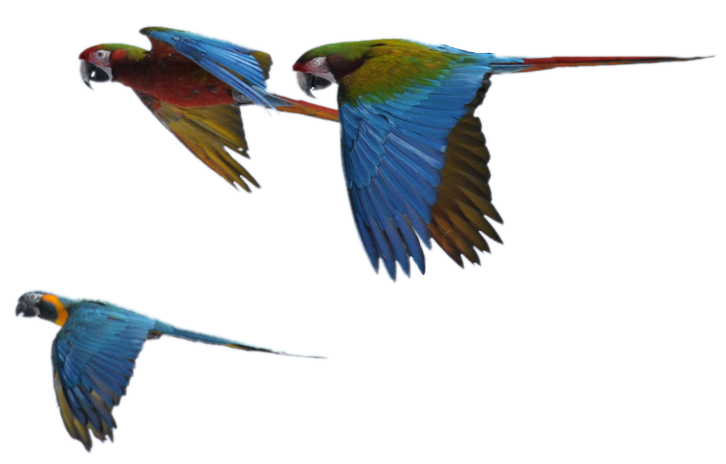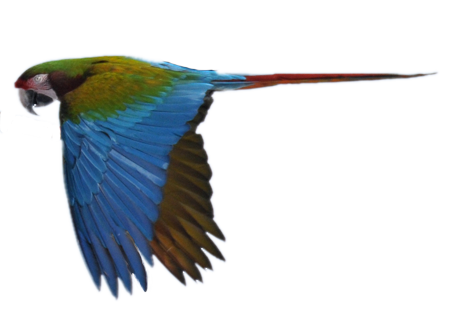BRI Reports
Thick-billed Parrot Sightings MapClick here to view map
Documented sightings seem to tell a new story.
One of the things we have been doing recently is reviewing documented sightings of Thick-billed parrots. I know, does not sound all that exciting. But it has been. It started when I was reviewing the final version of the USFWS Thick-billed Parrot Recovery Plan. I noticed the way USFWS authors mentioned a 1583 sighting would leave a person thinking this was just another sighting near the Chiracahua Mountains in Southern Arizona. Being already familiar with this sighting, I knew it was actually located near Flagstaff, in Northern Arizona. This left me not trusting the USFWS account. I felt no credible author would accidentally discuss Southern Arizona sightings and then slip in a Northern Arizona sighting without mentioning the fact that this sighting was in fact near the northern boundary of Arizona. So we began looking up sightings. We found some not previously listed in USFWS documents – not suggesting they were hiding them, but rather that they did not know about them yet.
One of the other interesting things we noticed was how many of the Thick-billed parrot sightings account white people as shooting many of the birds. They also often recount the birds were human friendly and some of the injured birds would quickly recover then kept as pets. Some of these are said spoke human phrases, not English, not Mexican and not readily identified as English or German. One account suggests a native American language. This leaves us wondering who had enough respectful (non shooting) close contact with these birds that large numbers of them (flocks between 500-1500) were human friendly enough to let people walk up close to them, sometimes the birds followed human groups, and several taken randomly from such a large group of birds would speak human phrases? At this point it is a mystery. We do know that the native Americans in South West New Mexico considered scarlet macaws and military macaws sacred and they also kept thick-billed parrots.
Anyway, we think it is suggestive that many of the artifacts and remains of Thick-billed parrots are also found near the human sightings we have documented. Previously it has been believed that these artifacts were brought there through human trade of these birds and that the birds did not naturally occur in these areas. We suspect that viewpoint is incorrect. It appears to us that the birds natural range did occur where these artifacts were found and that most likely groups of wild Thick-billed parrots did occasionally roam into those areas. One reason we believe this is due to the Mogollon Rim and other mountain ranges that appear to connect these sightings. It seems these mountains could easily provide habitat and pine nut resources for birds that are known to fly 250 miles in a single day. Accounts of the birds wintering over in the Chiracahua Mountains with young suggest the birds are not actually migratory but rather nomadic – food supplies dictate their movement, not seasons. Pinion pine do not produce a crop each year so the birds must send out search parties to locate forests that have a crop. Accounts do suggest the birds did just that. First sightings would be 5-6 birds, then 15-25, then 500-1500 would appear.




Recent Comments